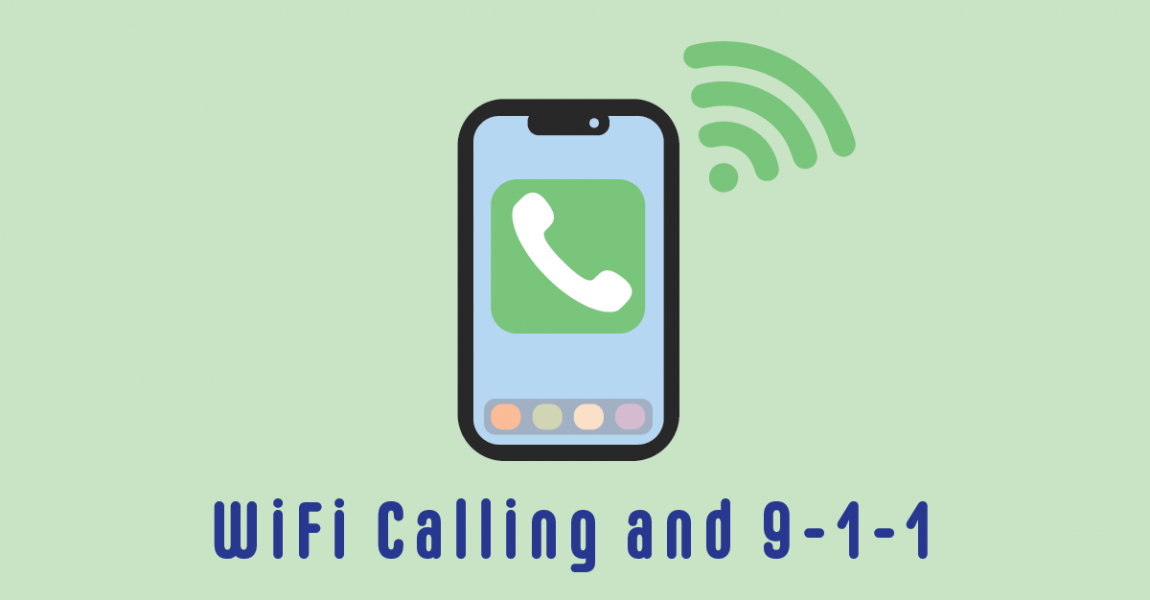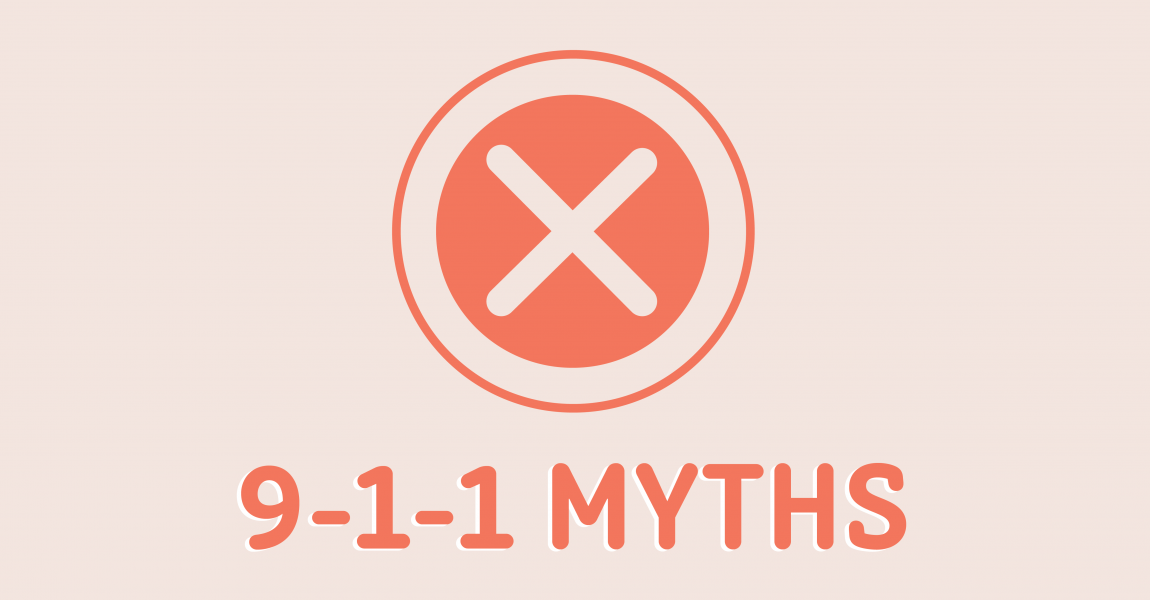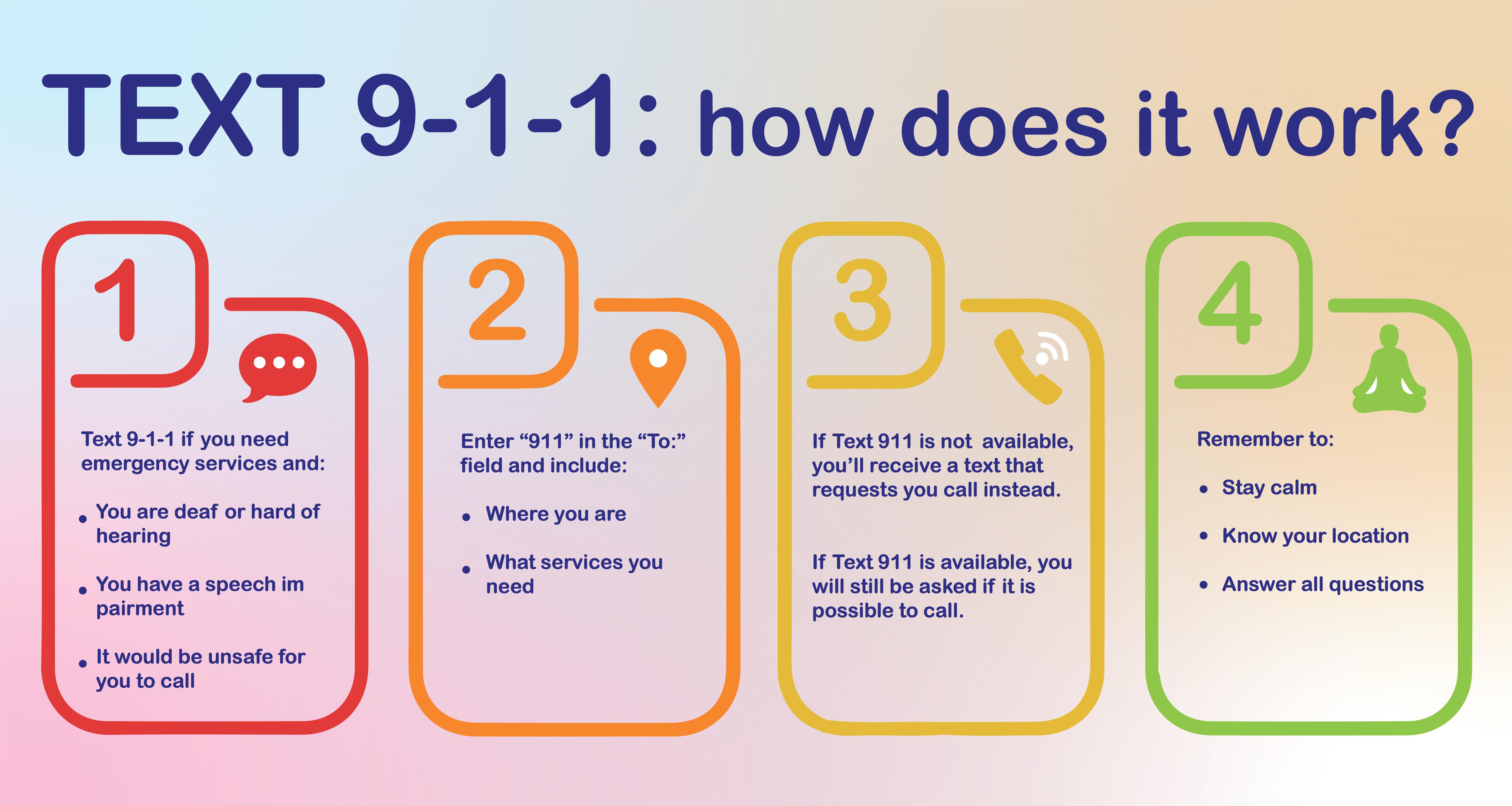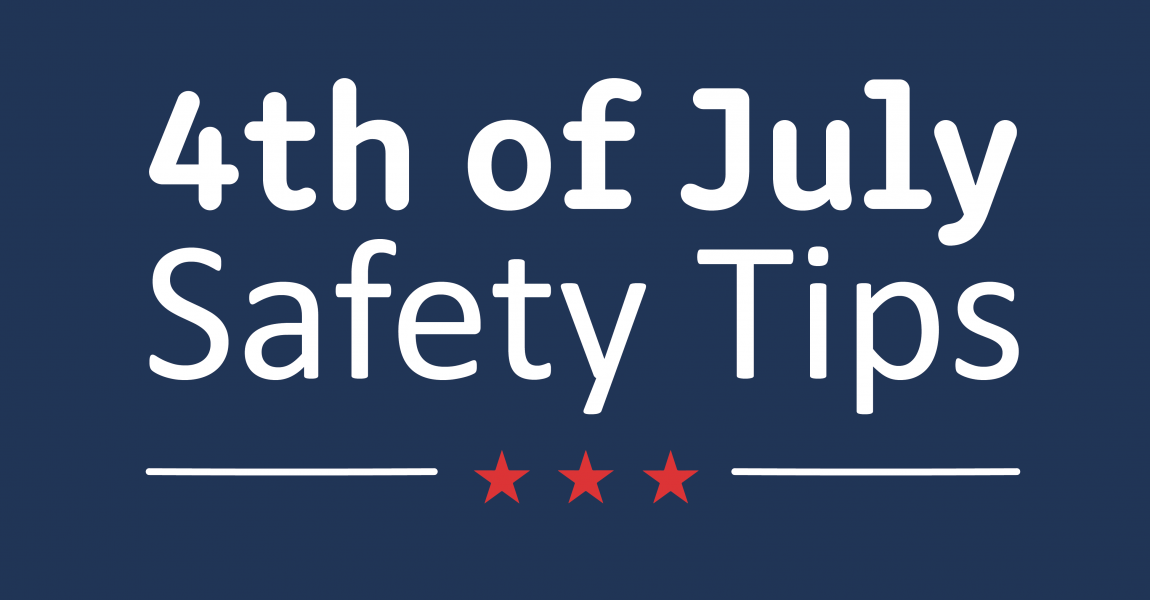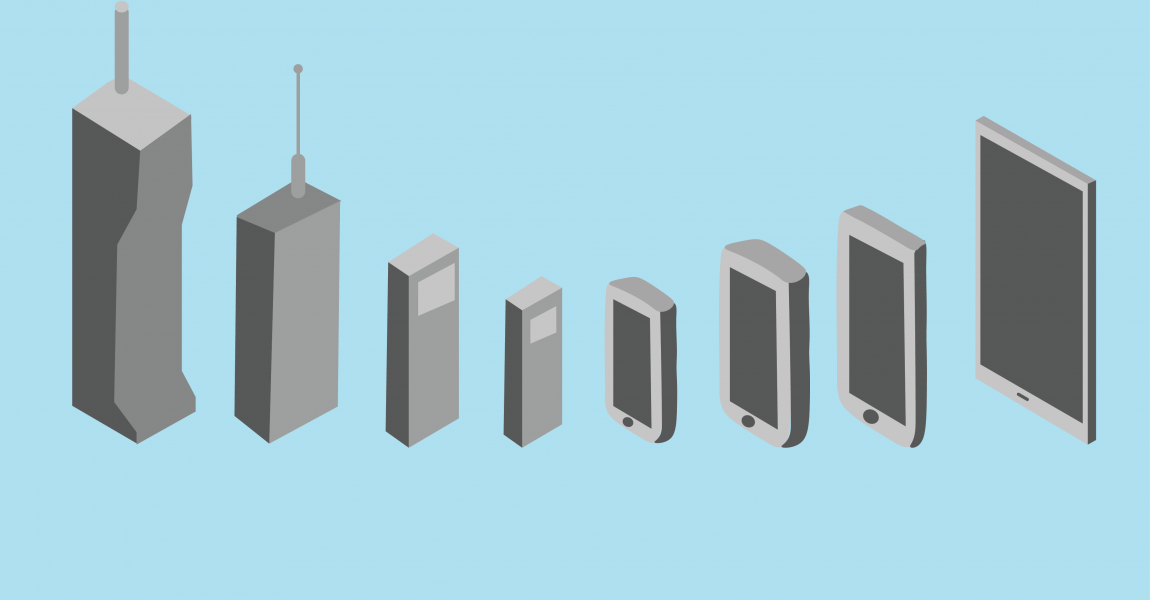Can I Connect My Address to My Cell Phone? Sort of.
You want to know how to connect your cell phone to your home address in case you have to dial 911. We get this question a lot, or it’s close cousin: “Doesn’t 911 automatically know my location when calling on a cell phone?”
Wireless location accuracy is different than wireline. On a wireline- – or landline — phone, your address is registered with your landline phone number and stored in the Master Street Addressing Guide (MSAG). We manage that for our region. When you dial out on a landline, your address is associated with your phone number and the 911 telecommunicator can see it. Simple, right? So, what happens when you call on a cell phone?
We’ve gone into more detail about wireless location accuracy in other blogs, but your device is either triangulated with legacy technology and gives the 911 telecommunicator an approximate location within 300 meters, or enhanced location technology is used to find a more accurate determination of your location. There’s a lot more to it than that, but what we’re saying is you don’t have to register your address with your cell phone to reach 911. The only exception to this is wifi calling.
What is Wifi Calling?
Wifi calling just means you’re placing a wireless call over a wifi signal instead of a typical cell phone signal. Wifi calling is generally used when a cell signal is weak, and it will set up automatically if your device is connected to a wifi signal. You can use it to talk or text and when you set up your phone, it asks you for an address to register for wifi calling.
If you call 911 with a cell signal, your location is determined by one of the processes we described earlier. If you call over wifi, your call will be routed based on the address you provided. You can set up your address in the settings of your device, but this information is not stored or maintained by your local law enforcement or county addressing coordinator’s office. Carriers maintain and update this data. You can read more about your carrier’s wifi calling services below.
AT&T’s address database is maintained by a third party, not NCT9-1-1. If you are unable to set up your address for wifi calling with your device, you must contact the AT&T Mobility (ATTMO) Customer Care Center at 1-800-331-0500.
A valid address must be used for wifi calling. Verizon recommends validating your emergency address with the USPS or entering an alternative address through their website.
You can set up you e911 address with T-Mobile within you’re my T-Mobile account.
911 and Wifi Calling
When you dial 911 over a wifi signal, the call will route to the call center based on your registered address. This is why carriers do not allow you to register an unverifiable address. If you connect to wifi outside of your registered address, such as at your place of work, the call will still be routed based on your registered address and not your current location. The 911 telecommunicator will also receive the registered address as the location of your emergency. If you move locations and call 911 over wifi, you must update your registered address.
